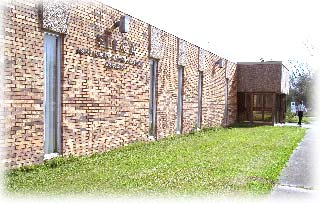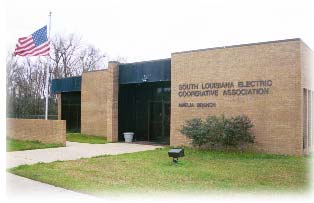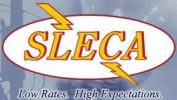Generator Safety
No emergency generator, whatever its size, should ever be connected directly to household wiring. Any emergency power system must be directly connected only to those appliances or equipment it serves unless that generator is connected to a properly installed and operated double-throw switch.
Such a switch is NOT optional.
When any generator, no matter how small, is connected directly to a home’s wiring, say by being “plugged” directly into an electrical outlet, the energy produced by that generator can “back-flow” through the household wiring, the service wire and even through the transformer serving that home or business.
Transformers work both ways. It takes 14,000-volts from a power line and reduces it to the 120-volts used in your home. But 120 volts generated by an emergency generator, when it “back-flows” through that same transformer, is transformed into 14,000 volts that will travel back along a power line.
Line crews working to restore service miles away on what should be a “dead” line risk death or injury from this current. So do any neighbors who touch a downed power line. Children, pets and livestock can all be endangered.
If the power comes back on while that generator is improperly connected, appliances and electrical equipment can be damaged by power surges.
All generators are sold with instructions that outline their safe installation and proper use. No generator should ever be connected to household wiring without using a special Safety Transfer Switch.
Take time to read and obey safety material that comes with standby generators because proper hookup is vitally important.
Deficiently or improperly installed generators can cause damage to the generator, the appliances connected to it or to utility equipment and could cause injury or death to service personnel or the public.
The following tips can help avoid a tragedy.
- Installation is not a do-it-yourself project—get an expert to do it.
- No matter who does the installation, make certain your generator has a double-throw (transfer) switch.
- Follow all regulations established by your local utility when using emergency generators.
- Once installed, operate the generator according to manufacture’s recommendations (proper ventilation,
limited load and preventive maintenance are all essential to safe operation).
The double-throw switch is not optional equipment. This transfer switch permits a safe change-over from utility service to an on-site power supply. The National Electrical Code requires a double-throw switch on a standby generator installation.
Otherwise, individual appliances should be plugged into the generator. Never connect a generator to household wiring that cannot be isolated from the utility system by a transfer switch.
Houma Office

Address
2028 Coteau Road
Houma, Louisiana 70364
Phone
(985) 876-6880
1-800-256-8826
Amelia Office

Address
2903 Lake Palourde Road
Morgan City, Louisiana 70380
Phone
(985) 631-3605
1-800-256-8836
